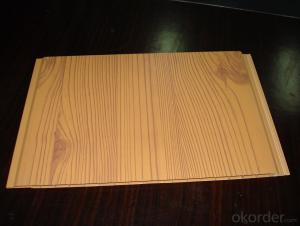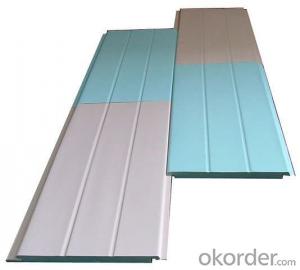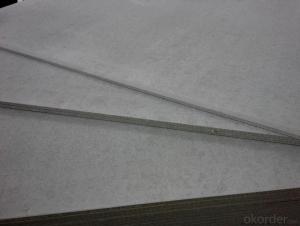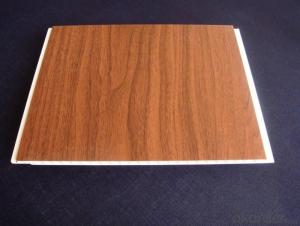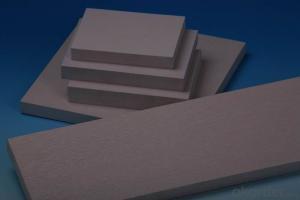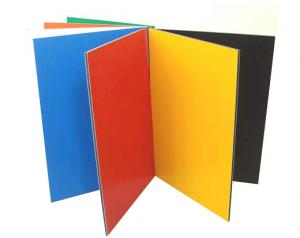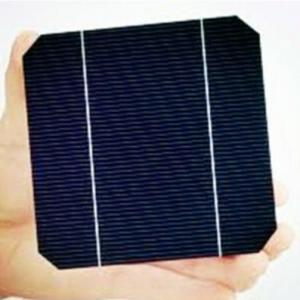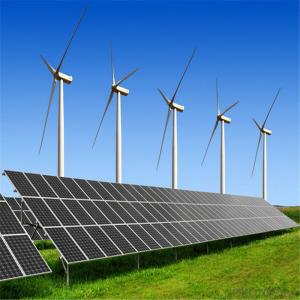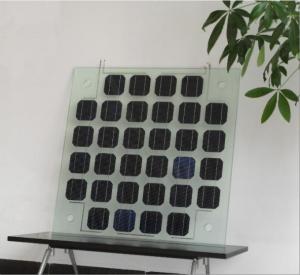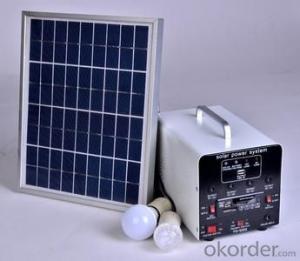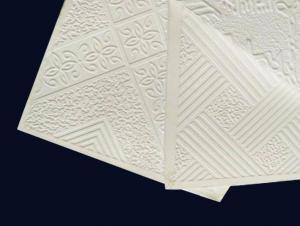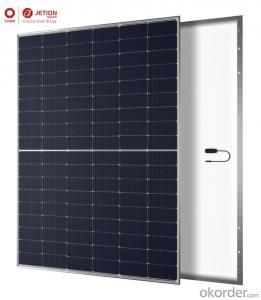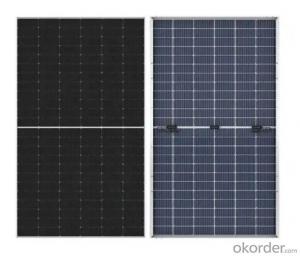Portable Solar Panel Inverter
Portable Solar Panel Inverter Related Searches
Shiny Or Dull Side Of Aluminum Foil For Cooking Inverter For 100w Solar Panel Solar Panel Inverter For Rv Pvc Tiles For Walls Wall Lights For Bedrooms Inverter Ac With Solar Panel Solar Panel With Inverter Kit Solar Panel Kits With Inverter Solar Panel With Inverter Direct Roving For PultrusionHot Searches
Used Sandwich Panel For Sale Pvc Chairs For Sale Tilt Panel Props For Sale Lightweight Scaffolding For Sale pvc pipe manufacturers in usa Sandwich Panel Price In India China Solar Panel Inverter Solar Inverter Panel Price China Pvc Geomembrane Sandwich Panel Manufacturers In Bangladesh Pvc Roofing Sheets Price India Pvc Roofing Sheets Price pvc resin price index Solar Panel Inverter Size Solar Panel Inverter Suppliers Q Cells Solar Panel Prices Tesla Solar Panel Inverter Honeycomb Sandwich Panel Suppliers Type Of Inverter For Solar Price Of Shipping Containers For SalePortable Solar Panel Inverter Supplier & Manufacturer from China
Okorder.com is a professional Portable Solar Panel Inverter supplier & manufacturer, offers integrated one-stop services including real-time quoting and online cargo tracking. We are funded by CNBM Group, a Fortune 500 enterprise and the largest Portable Solar Panel Inverter firm in China.Hot Products
FAQ
- I have a cabin in the woods and need more light. I do have enough sun but I was wondering how or where do I get a solar panel to lead to a power outlet? In a perfect world I would like to get a solar panel with a connecting wire to an outlet or something so I could power a small TV. I know its hard enough but can I get that pre-made? Or even lastly should I look at wind power consider I would like this to be under $500? Thank you for putting up with this bundle of questions.
- A typical solar panel will deliver 50 watts of power in the form of 24 volts DC. You need 20 volts AC. So here is what it takes: Since you will need at least 200 watts to do a small TV, you need four solar panels, and a solar controller. Then you need a 24 volt solar type battery to load the output of the panels. Next you need an inverter. This is a device that changes 24 volts DC into 20 volts AC, which you can wire to a standard outlet for the TV set. Solar panels cost around $6 per watt of power. 200 X $6 = $200 Solar Controller will cost around $50 The battery will cost around $00 The inverter will cost around $200 You could get by with less than 200 watts of solar panels if you just let it charge the battery all day and only use the TV for an hour or two in the evening with the TV running on the inverter which is powered by the battery. The link is for a similar system ready to go. Wind is not a viable option.
- Can anyone give me some info on how to figure how many panels needed for a 0 volt 2 amp pool motor. Thanks/ Run 5 hours a day
- You okorder /
- Hi, I have in my sailboat 2 2 V batteries. I would like to buy solar panel(s) in order to recharge them. As i am in mexico and there is always high sun . i think it is a good idea.Usage of the batteries is very light . I have found 5-2V pannels with 80mA that fit in the sailboat. I want to know if and how i can have like 5 to 0 of them set together to charge the batteries and what other material would i need.also, i would like to know what happend if the pannels only send on 5V in a 2 V battery? Is it still charging but on 40 % of the capacity a 2 v pannel would charge or its just not doing nothing ?
- Taken at face value, it would take about 55 hours to re-charge a dead flat battery. However, you don't get 24hrs/day sunlight. Even worse, the output from a panel is only maximum when the sun is at 90 degrees to the surface. Let's assume you can find some way to track the sun. No battery should be allowed to discharge below about 50% so we can halve the recharge time. I would say about 4 days.
- Ok so if i wanted to put a solar panel on my house and i live where it snows, will that be a problem? If the snow covers the solar panel will that be a problem? If so then do i have to climb on my roof and clear it off or what?
- It shouldnt be a problem being where it snows, as long as you dont mind clearing it off a lot to recieve maximum efficiency! Or else it should work anyways but not as well covered with snow.
- Yes, solar panels can be used in areas with limited access to electricity. This is because solar panels generate electricity using sunlight, so as long as there is sunlight available, they can generate power. In fact, solar panels are often used as a sustainable and reliable source of electricity in remote or off-grid locations where traditional power infrastructure is not available or feasible.
- What is the average annual energy output of solar panels that can be installed on the home?
- The Sun provides about 360 W per square meter above the atmosphere (Solar Constant). Approximately 2/3 of the energy is lost in passing through the atmosphere, which means you should anticipate at best about 450 W per square meter arriving at a solar panel directly facing the Sun on a clear day. You can anticipate an efficiency of approximately 30% for a typical solar collector, or about 00 W to 40 W per square meter of solar collector being delivered as electricity under the best of conditions. These are estimates, but we need better information on the actual power delivered per square meter of a particular solar collector under the best of conditions before we can begin to estimate the amount of energy per meter squared collected over a typical year for a given location.
- Yes, solar panels can be used to power a zoo. Solar panels can generate electricity by converting sunlight into energy. This renewable energy source can effectively power various operations within a zoo, including lighting, heating, cooling, and powering animal enclosures, as well as other facilities such as gift shops and food stands. By utilizing solar panels, zoos can reduce their dependency on fossil fuels, lower their carbon footprint, and contribute to a more sustainable and environmentally friendly operation.
